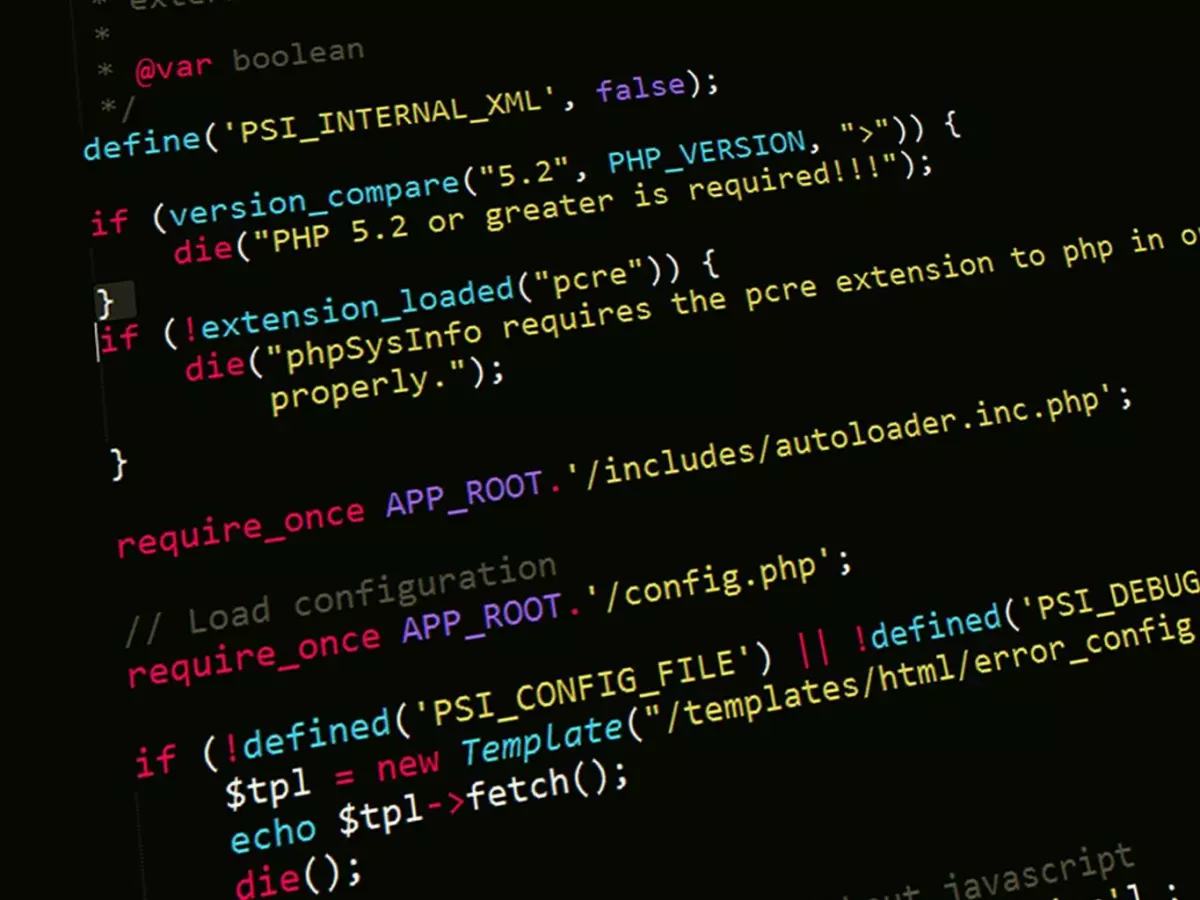Maintainability Matters
“Programs must be written for people to read, and only incidentally for machines to execute.” — Harold Abelson
Abelson’s words might sound like a programmer’s mantra, but they hold a deeper truth that many developers overlook. It’s not just about writing code that works; it’s about writing code that others (or even you, six months from now) can understand, modify, and extend. This is the essence of software maintainability, and it’s the unsung hero of successful software development.

By Nina Schmidt
Think about it: How many times have you returned to a project after a few months, only to find yourself completely lost in your own code? Or worse, you’ve inherited someone else’s codebase, and it’s like trying to read hieroglyphics. That’s the nightmare of poor maintainability. But here’s the thing—maintainability isn’t just about making life easier for future developers; it’s a critical factor in the long-term success of any software project.
What Is Software Maintainability?
At its core, software maintainability refers to how easy it is to modify, update, and extend a codebase over time. It’s about ensuring that your software can evolve without breaking or becoming a tangled mess of spaghetti code. Maintainability is often measured by how quickly and efficiently a developer can understand and make changes to the code.
But here’s the kicker: maintainability isn’t just about writing clean code. It’s about designing your software in a way that anticipates future changes. It’s about making sure that when new features are added, or bugs are fixed, the code remains stable and easy to work with. In other words, maintainability is the difference between a codebase that ages like fine wine and one that turns into a ticking time bomb.
Why Should You Care About Maintainability?
Let’s face it—most developers are focused on getting the job done. Deadlines are looming, and the pressure to ship is real. So why should you care about maintainability when you’ve got more immediate concerns? Simple: because maintainability is the key to long-term success.
Here’s why:
- Reduced Technical Debt: Every time you cut corners or write code that’s hard to understand, you’re accumulating technical debt. Over time, this debt compounds, making it harder and harder to make changes without breaking something. Prioritizing maintainability helps you avoid this trap.
- Faster Bug Fixes: When your code is easy to understand, it’s easier to spot and fix bugs. This means less time spent debugging and more time spent building new features.
- Scalability: As your software grows, so does the complexity of the codebase. A maintainable codebase is one that can scale without becoming unmanageable.
- Team Collaboration: In a team environment, maintainability is crucial. If your code is a mess, it’s going to slow down everyone on the team. Writing maintainable code ensures that everyone can contribute without stepping on each other’s toes.
How to Achieve Software Maintainability
So, how do you actually achieve maintainability? It’s not as simple as following a checklist, but there are some key principles that can guide you:
1. Write Readable Code
This might sound obvious, but it’s worth repeating: code is read more often than it’s written. Prioritize readability over cleverness. Use meaningful variable names, write clear comments, and follow consistent coding conventions. Your future self (and your teammates) will thank you.
2. Keep It Simple
There’s a famous acronym in software development: KISS (Keep It Simple, Stupid). The more complex your code, the harder it is to maintain. Aim for simplicity in both your code and your architecture. Avoid overengineering and unnecessary abstractions.
3. Modularize Your Code
Break your code into small, self-contained modules. Each module should have a single responsibility and be easy to understand in isolation. This makes it easier to make changes without affecting the entire system.
4. Write Tests
Automated tests are your best friend when it comes to maintainability. They provide a safety net that ensures your changes don’t break existing functionality. Plus, they make it easier to refactor your code with confidence.
5. Document Your Code
Good documentation is essential for maintainability. This doesn’t mean you need to write a novel for every function, but you should provide enough context for someone else (or future you) to understand what’s going on. Focus on the “why” behind your decisions, not just the “what.”
6. Refactor Regularly
Refactoring isn’t just something you do when you have time—it’s an essential part of maintaining a healthy codebase. Regularly review and improve your code to keep it clean and maintainable. Don’t wait until the codebase is a mess before you start refactoring.
7. Embrace Design Patterns
Design patterns provide proven solutions to common problems in software design. By using well-established patterns, you can make your code more predictable and easier to maintain. Just be careful not to overuse them—patterns should solve problems, not create complexity.
The Business Case for Maintainability
If you’re still not convinced, let’s talk business. Software maintainability isn’t just a technical concern—it’s a business concern. Poorly maintained software leads to higher costs in the long run. Every time a developer has to spend hours deciphering a messy codebase, that’s time (and money) wasted. And if your software becomes too difficult to maintain, it might even become cheaper to rewrite it from scratch than to continue patching it up.
On the flip side, a maintainable codebase is an asset. It allows your team to move faster, respond to changes more easily, and deliver new features with confidence. In a world where software is constantly evolving, maintainability is the key to staying competitive.
Final Thoughts
So, what’s the secret to long-term success in software development? It’s not about writing the most elegant algorithms or using the latest frameworks. It’s about maintainability. By prioritizing maintainability, you’re setting yourself (and your team) up for success. You’re building software that can stand the test of time, adapt to change, and continue delivering value long after the initial release.
In the end, maintainability isn’t just a technical skill—it’s a mindset. It’s about thinking beyond the immediate task at hand and considering the future of your code. So, the next time you sit down to write a line of code, ask yourself: Will this be easy to maintain? If the answer is no, it’s time to rethink your approach.





